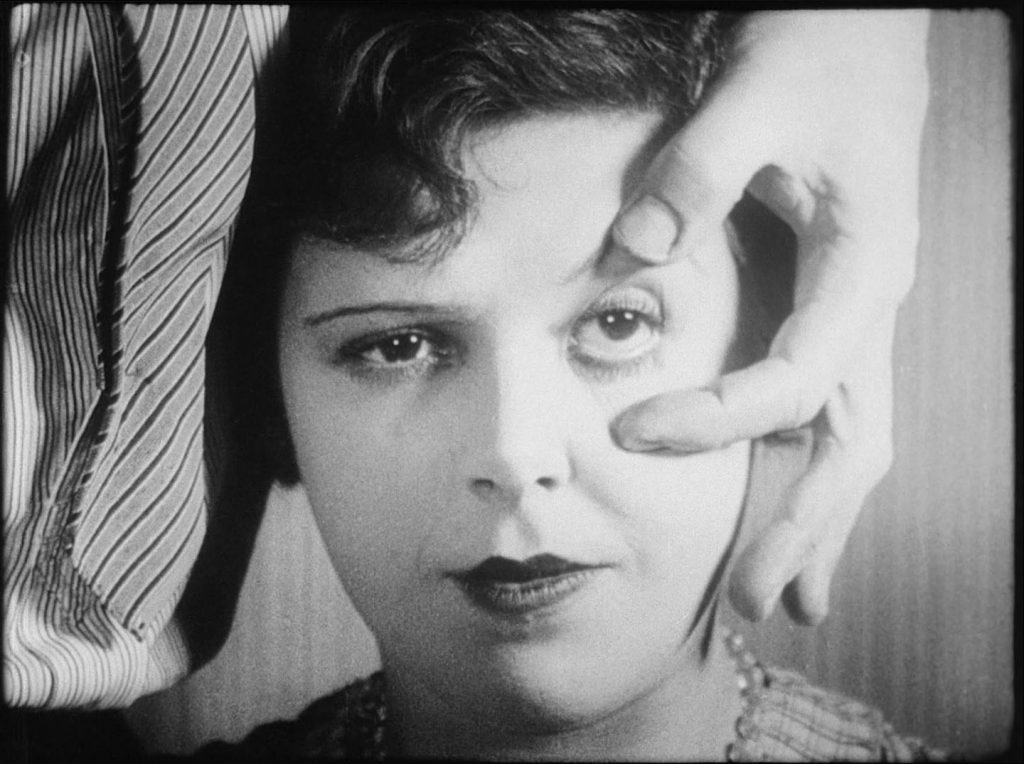Symptoms of macular degeneration
Age-related macular degeneration (AMD) isn’t a painful condition. Some people don’t realise they have it until they notice a loss of vision.
The main symptom of macular degeneration is blurring of your central vision (what you see when you focus straight ahead). This means:
you lose visual acuity – the ability to see fine detail, so reading and driving become difficult
you lose contrast sensitivity – the ability to distinguish between objects such as faces against a background
images, writing or faces can become distorted in the centre – most commonly associated with wet AMD
Your peripheral vision (side vision) isn’t affected. Glasses won’t be able to correct your blurred central vision.
Both eyes tend to eventually be affected by AMD, although you may only notice problems in one eye to begin with.
Dry AMD
If you have dry AMD, it may take 5 to 10 years before your loss of vision significantly affects your daily life.
Sometimes your healthy eye will compensate for any blurring or vision loss if only one of your eyes is affected. This means it will take longer before your symptoms become noticeable.
You may have dry AMD if:
you need brighter light than normal when reading
text appears blurry
colours appear less vibrant
you have difficulty recognising people’s faces
your vision seems hazy or less well defined
If you’re experiencing any of these symptoms, you should make an appointment with your GP or local optometrist (a healthcare professional trained to recognise signs of eye problems).
Read about diagnosing age-related macular degeneration.
Wet AMD
In most cases, wet AMD develops in people who’ve already had dry AMD.
If you have wet AMD, any blurring in your central vision will suddenly worsen.
You may also experience other symptoms, such as:
visual distortions – for example, straight lines may appear wavy or crooked
blind spots – these usually appear in the middle of your visual field and become larger the longer they’re left untreated
hallucinations – seeing shapes, people or animals that aren’t really there
See complications of AMD for more information.
Book an emergency appointment with an optometrist if you experience sudden changes in your vision, such as those described above.
Wet AMD needs to be treated as soon as possible to stop your vision getting worse.
